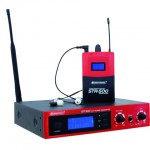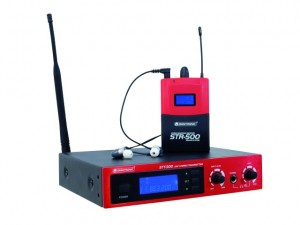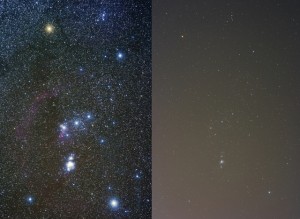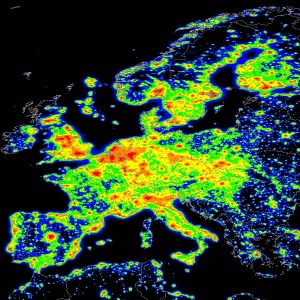Data Networking – the future of online commerce
 It is difficult to imagine the world of communication and commerce without the internet. Current data has become an essential sales argument, because only through an actual and complete product presentation can your online presence set itself apart from the multitude of competing websites. Therefore, a simple, current and exhaustive data integration has become an important factor for success in modern online shops. Steinigke would like to support you in this complex matter by offering easy and innovative tools, in order to make life in the world of data networking as simple as possible for you and your customers.
It is difficult to imagine the world of communication and commerce without the internet. Current data has become an essential sales argument, because only through an actual and complete product presentation can your online presence set itself apart from the multitude of competing websites. Therefore, a simple, current and exhaustive data integration has become an important factor for success in modern online shops. Steinigke would like to support you in this complex matter by offering easy and innovative tools, in order to make life in the world of data networking as simple as possible for you and your customers.
The following provides a short overview of the possibilities and tools we are able to offer you.
 Which data can be exported?
Which data can be exported?
Our automated system makes it possible to obtain all relevant core data of the articles (article designation, price information, packaging information, supply on stock, etc.). Additionally, these can contain important information with regards to product presentation, such as links to product videos, picture galleries, deep-zoom pictures, etc. How do you gain access to the mentioned data? They can be downloaded in a standardized format (Excel, CSV, PDF) directly via the menu item “Pricelist” in our online shop. Or you could have us generate a data export for you, specially tailored to your requirements.
How current is the data?
The data we provide to you is exported directly from our internal ERP system and is therefore the most up-to-date information possible. Your system is just as current as our own online shop.
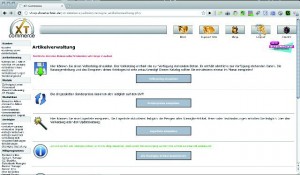 How can the data integration be structured?
How can the data integration be structured?
You can import the data you receive from us directly via the import interface of your shop or ERP system, or you can utilize one of the enhancements (plug-ins) which we offer for various shop-systems. We momentarily offer plug-ins for xtCommerce, osCommerce and Magento.
What can the Steinigke enhancement (plug-in) do?
Ideally, when using one of the above mentioned systems, your complete online-shop system can be updated with one mouseclick via the Steinigke enhancement. All information, including product pictures and videos, can be integrated into your system from our server. It is important to note, that the circa 6500 Steinigke articles are merely integrated. Your data bank will only be supplemented and not overwritten. Consequently, conflicts with your existing core data are ruled out and you can continue to use and maintain it as you are accustomed. Furthermore, a filtration of the articles to be imported can be carried out. This allows you to configure the export as easily and as individually as possible.
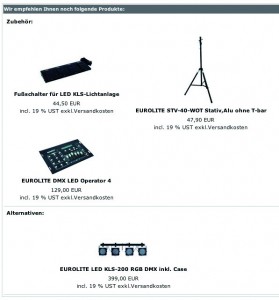 What additional functions can the Steinigke enhancement offer?
What additional functions can the Steinigke enhancement offer?
The enhancement for xtCommerce offers the most additional functions. It presents the opportunity to automatically link data fields for so-called “cross-selling” (“Customers having purchased that item may also be interested in this…”). Moreover, you can forward orders from your shop directly to us, and we process these logistically as neutral dispatch. It is of our utmost importance, that we treat the information you send to us as absolutely confidential and only use it when processing your orders. Precisely the cross-selling functionality offers your customers a considerable added benefit and saves you additional time and effort with data maintenance.
How can we help you?
You’ve read it all through now and would like to network the data, yet aren’t exactly sure if one of the solutions mentioned will function with your system? Or you’re an expert and need more information or a variation of the data structuring we’ve presented? You have an online-shop, but no experience with the incorporation of enhancements (plug-ins)? Or you’re simply not certain how this topicality and networking can help?
No problem, we have an answer to almost every question. And we’re certain we’ll find a solution for every system, when in doubt even a custom-tailored solution, enabling you to receive our most up-to-date information with the least effort.
Don’t hesitate to contact Martin Dörr from our IT-Development Team. He is the reference person in our company for all questions regarding data integration and data migration.
Telephone: +49 931 4061 600
E-mail: kundenshop@steinigke.de




